#rob strati
Explore tagged Tumblr posts
Text



Artist: Rob Strati
180 notes
·
View notes
Text




"Fragmented in Blue with Windmills and Stream"
Broken plate and ink on paper.
By Robert Strati @robstrati on Instagram.
28 notes
·
View notes
Text

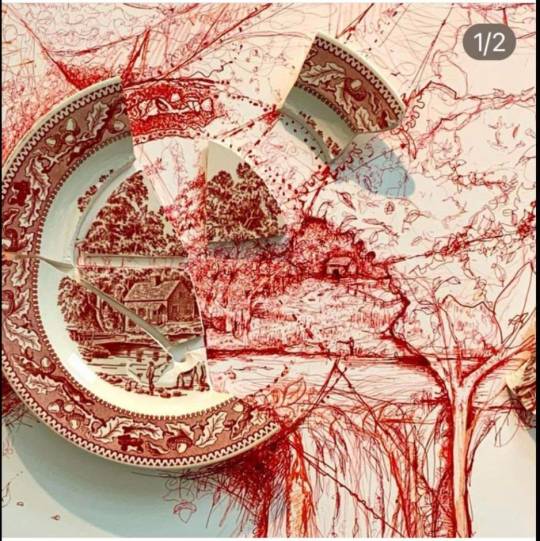
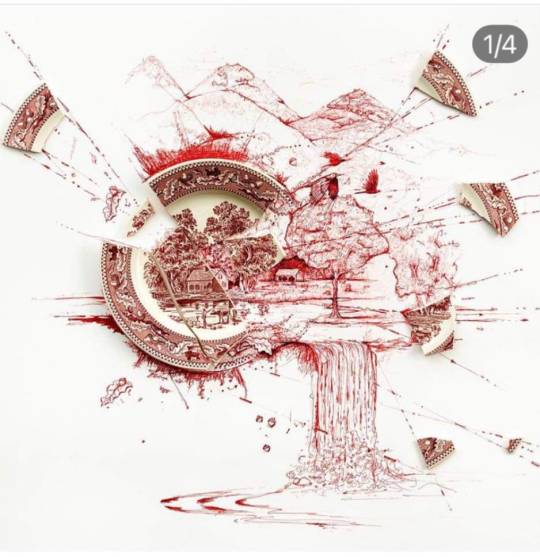
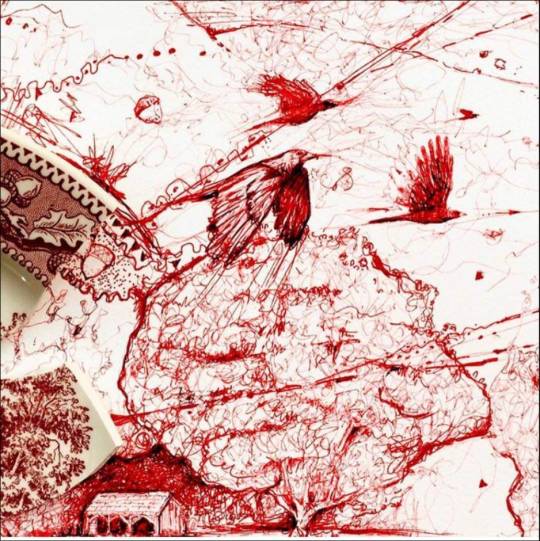
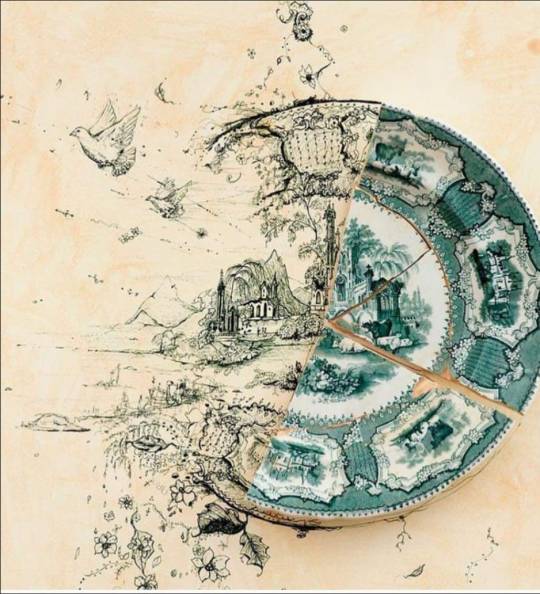
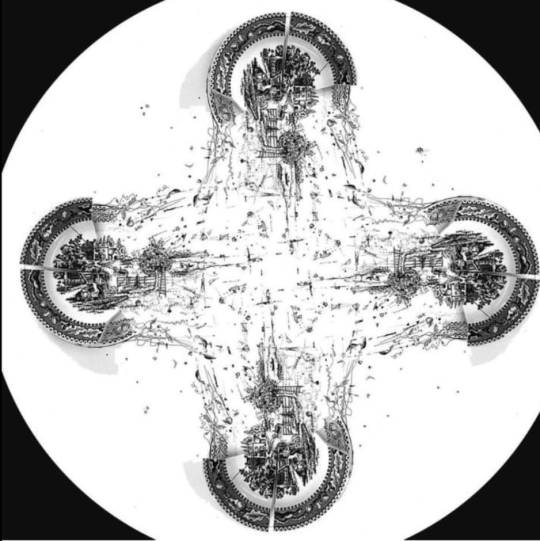
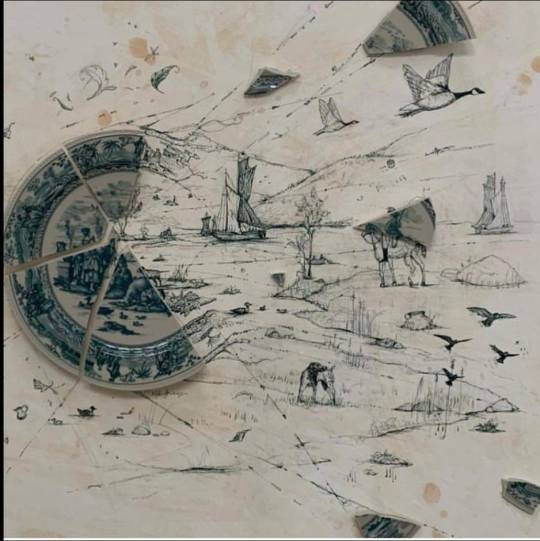
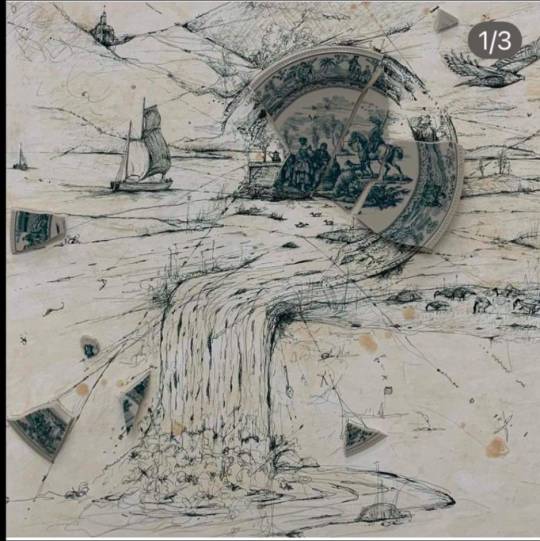
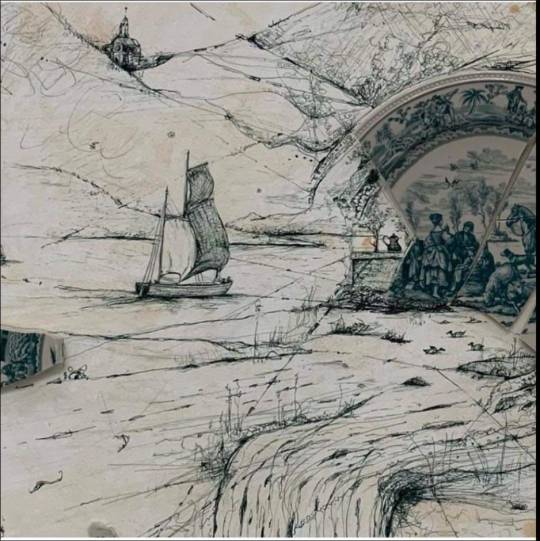
What happens when a plate shatters and its artistic elements are set free to roam at their will.
"FRAGMENTED"
by Rob Strati in his words.
This work was inspired by a plate from my wife's late mother, Barbara. One day it was dropped and shattered. Some time after, I picked up a pen and started working on the "Fragmented" series, exploring the possibilities of things broken and the stories that can evolve from them.
36 notes
·
View notes
Text



Art Weekend - The Fall by Rob Strati
Inspired by a shattered plate, Rob Strati began working on the Fragmented series where he arranged shards of broken fine china and used ink to 'extend' the image. Strati states that he explores “the possibilities of things broken and the stories that can evolve from them." Despite the original object no longer being the same, Strati not only uses it's potential but also emphasises it.
#my post#capsule wardrobe#capsule#fashion#style#minimalism#minimalist wardrobe#minimalist fashion#white#red#summer#art weekend#The Fall#Rob Strati#chinoiserie#porcelain
7 notes
·
View notes
Text
Ohh wow, this is so beautiful!
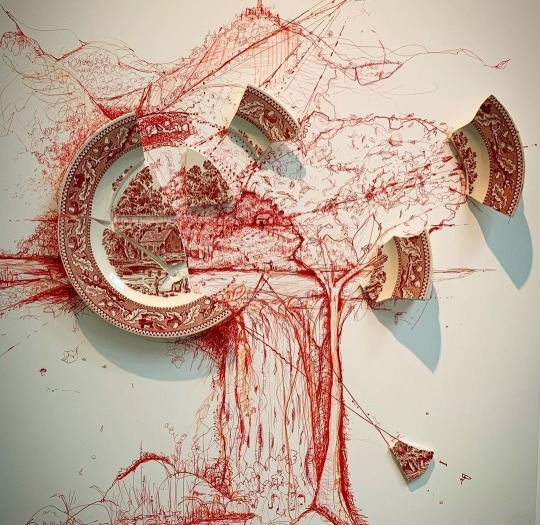
Rob Strati | The Fall from Fragmented series, 2022 | broken china, ink on paper
@robstrati
31K notes
·
View notes
Text




“FRAGMENTED" by Rob Strati
#dope art#art#artwork#fine china#plates#plate#dead plate#fashion plate#smash or pass#shattered dream#shatter me#artists on tumblr#artist#queer artist
7 notes
·
View notes
Text
The Inheritance
Everyday Drabbles #957

When her grandfather died, everyone whispered about who would inherit his fortune, but all he left her was his china collection. The plates were beautiful, but she couldn’t help but feel disappointed. The thing was, nobody else seemed to inherit the fortune, either. In time, the whispers quieted, and the family concluded that he must have spent all his money. One day, she broke a saucer and tried to find a replacement. But there was no maker’s mark on the back, and when she looked closely, the red-painted pastoral patterns were all different. Her grandfather had left her a map.
[artist: Rob Strati - https://porcelainprojects.com/]
3 notes
·
View notes
Text







Используя ручку и бумагу, художник Роб Страти (Rob Strati) преображает разбитые тарелки. Серия под названием Fragmented возникла в 2020 году, когда разбилась тарелка, принадлежавшая его покойной матери. С этого момента Страти придумал способ оживить оставшиеся керамические изделия, продолжив витиеватые узоры в иллюстрациях, которые обретают новую жизнь на чистой странице.
4 notes
·
View notes
Text
What happens when a plate shatters and its artistic elements are set free to roam at their will.
"FRAGMENTED" by Rob Strati
0 notes
Text
What Happens When a Plate Shatters and Its Artistic Pieces Go Free?
FRAGMENTED: Turning Broken Plates Into Art Rob Strati’s “Fragmented” series shows how something broken can become something beautiful. It all started…What Happens When a Plate Shatters and Its Artistic Pieces Go Free?

View On WordPress
1 note
·
View note
Photo

Good morning 🌞 how are you today? #haveagoodday @robstrati works remind me my own desire to remake the ending of the books I read or the films I deeply enjoyed and for that reason felt unsettled with the fate of the characters I chose for application of my empathy… disturbing amount of it))). So he, I mean Rob Strati, just releases the story locked in the porcelain plates and let it flow to no end. What do you think about this trick? #artasinspiration #goodmorningart #contemporaryart #beautyofart #goodmorningpost https://www.instagram.com/p/Cp9wKKcI5Xv/?igshid=NGJjMDIxMWI=
0 notes
Text

Rob Strati, The Fall from Fragmented series, 2022 - broken china, ink on paper
https://www.facebook.com/rob.strati
6 notes
·
View notes
Text

Rob Strati | Fragmented in green with waterfall, 2022 | broken plate, ink on paper
@robstrati
1K notes
·
View notes


